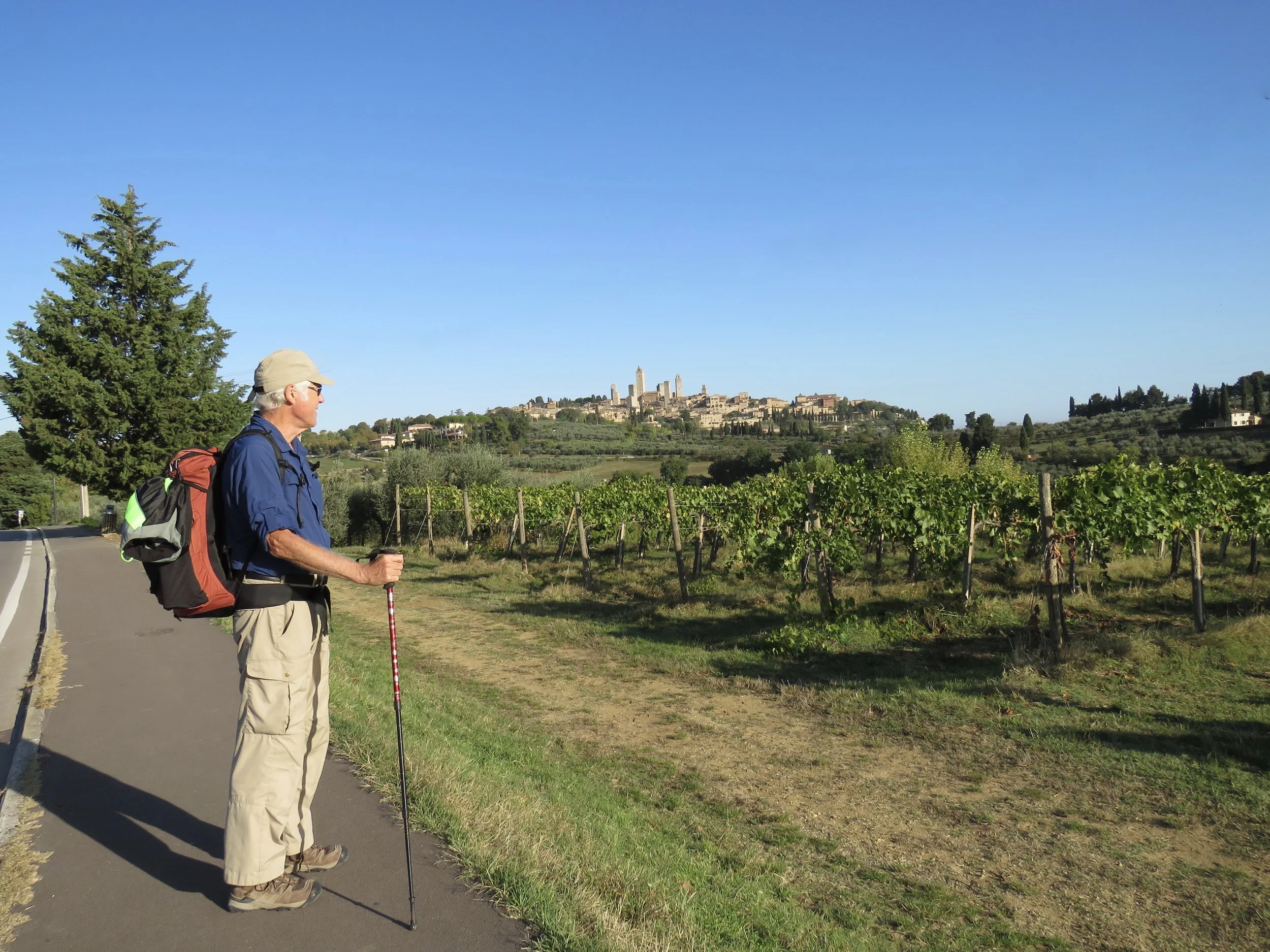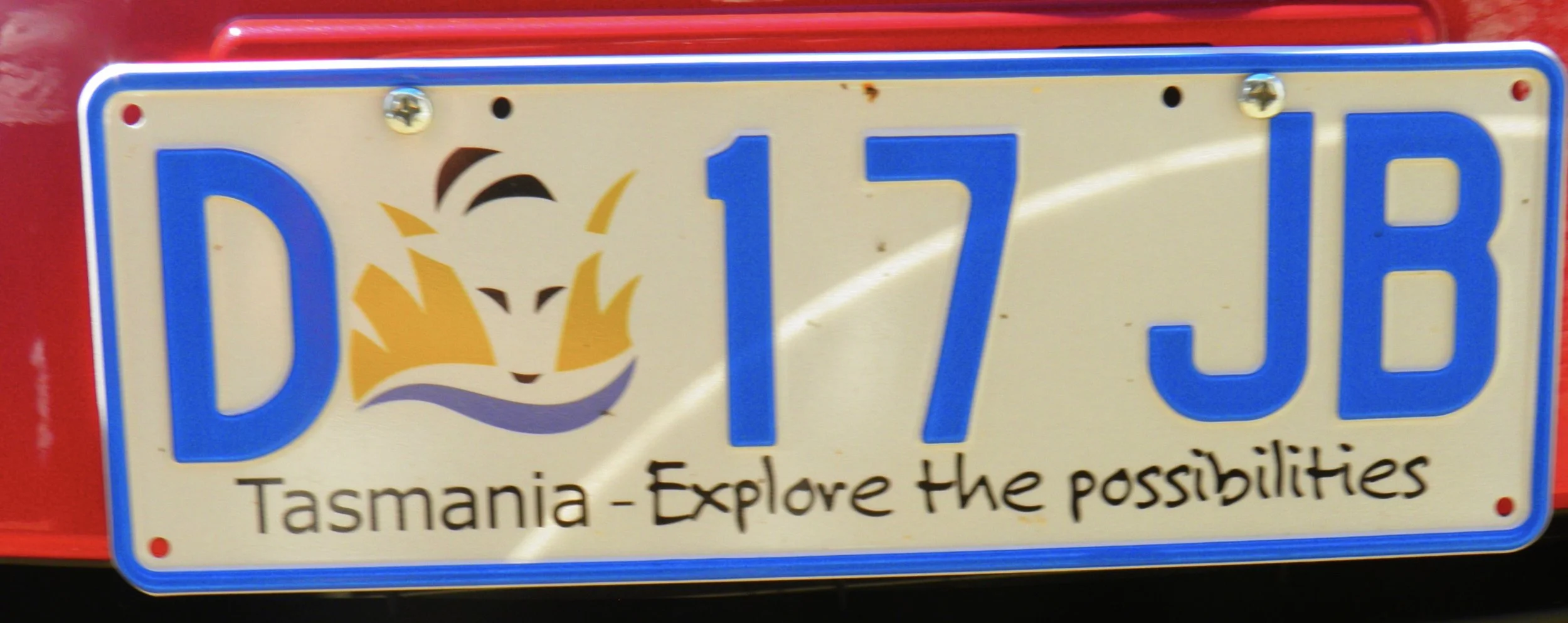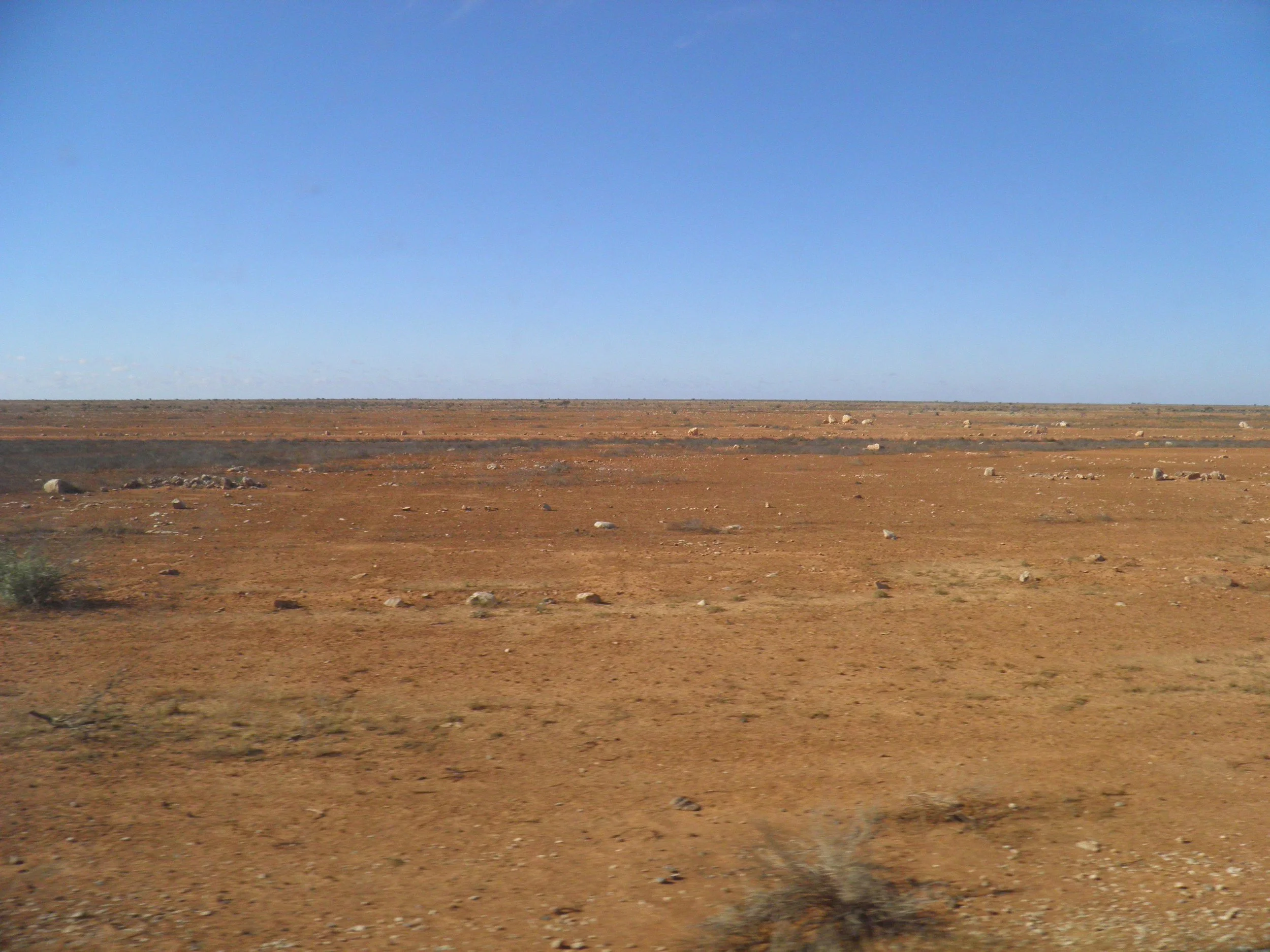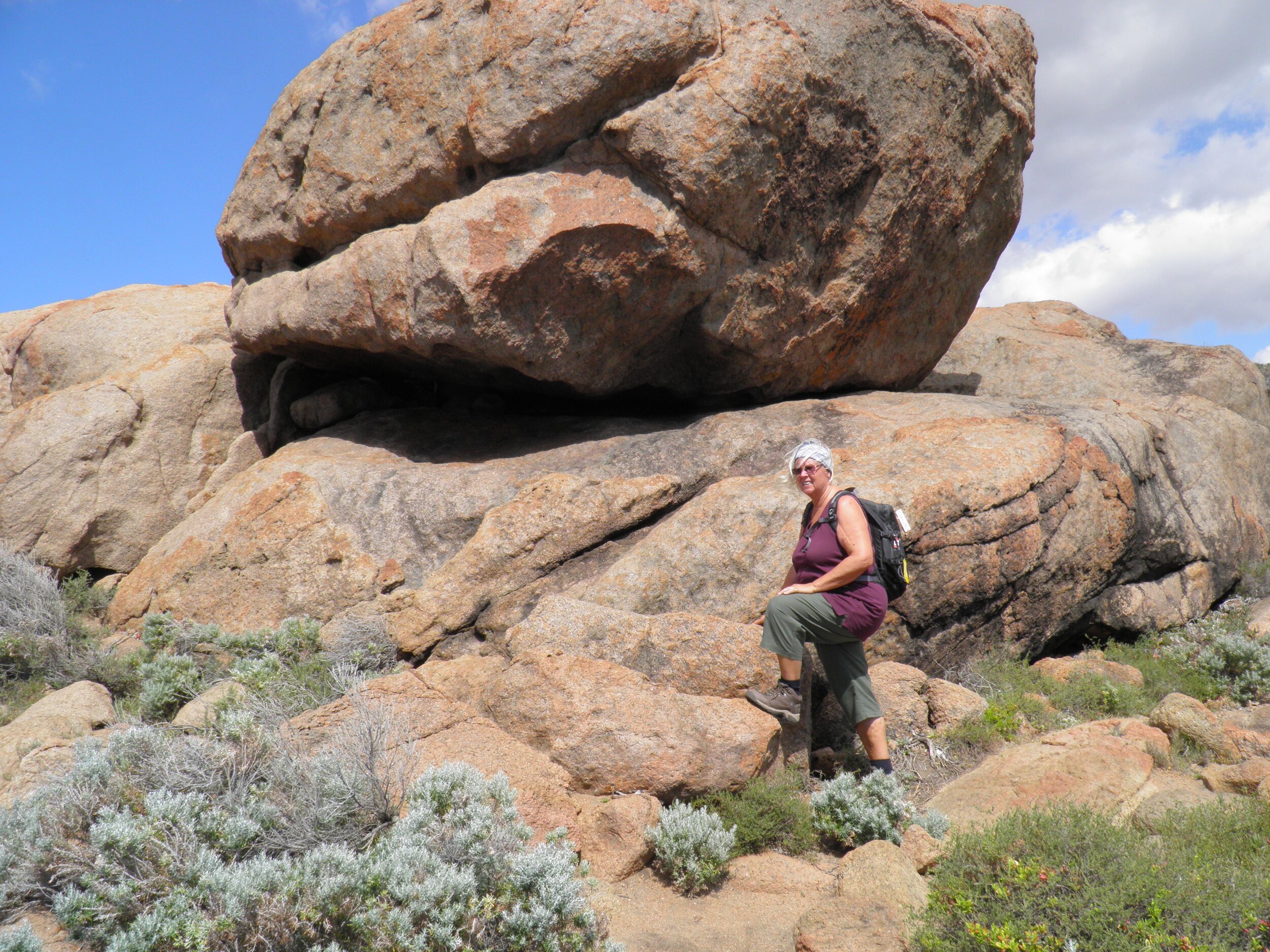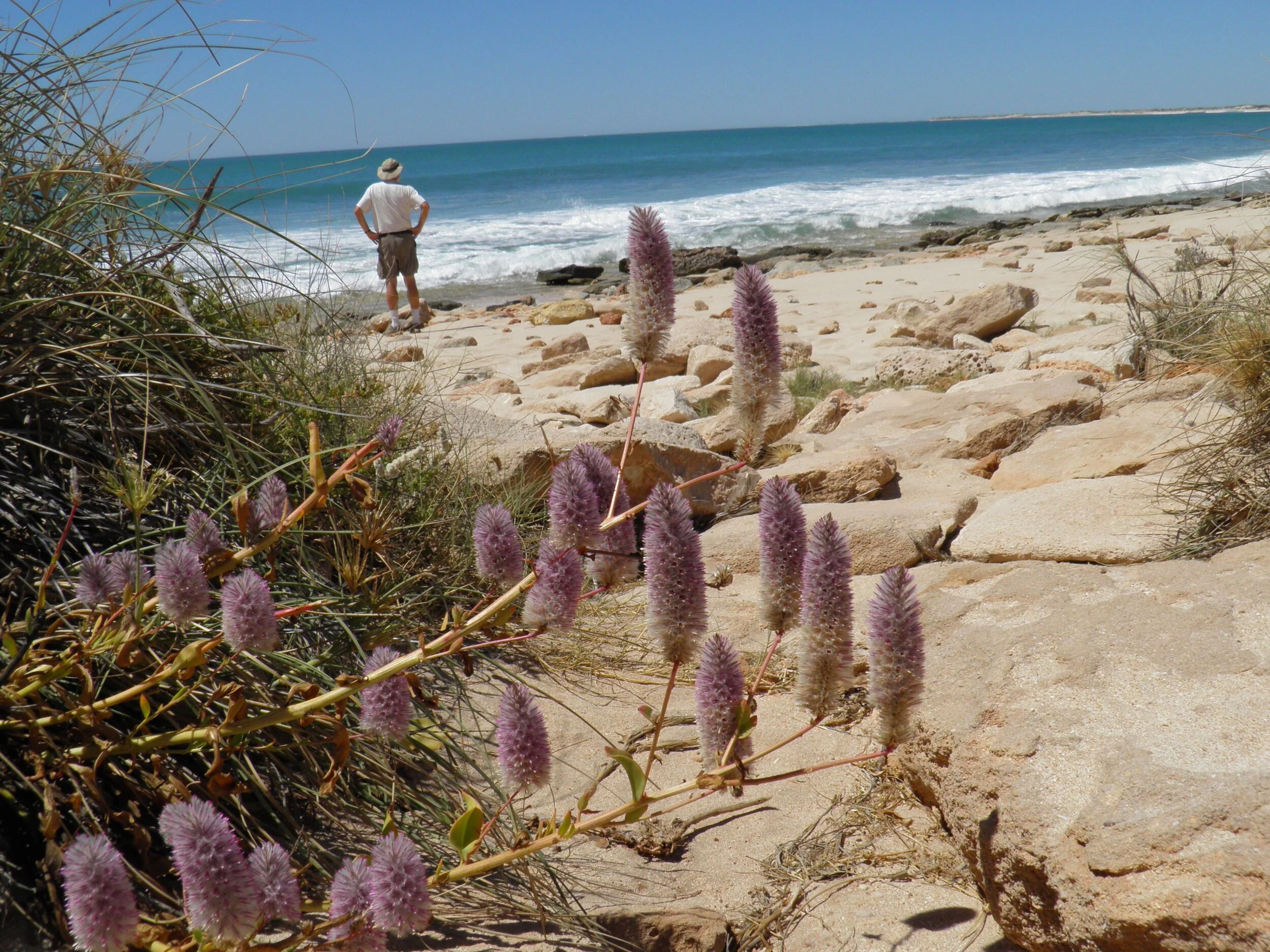The Mona
Tasmania’s number one tourist attraction used to be Port Arthur, the convict colony where ruins of prisons tell the story of its gruesome settlement. Now, Tassie’s prime attraction is a museum built by a man with a lot of money made through gambling, a man who wanted to prove something to the world.
The publicity surrounding the opening of David Walsh's pet project, MONA (Museum of Old ad New Art) has made ripples around the world. The unique characteristics of the location, buildings and exhibits continued to please tens of thousands of visitors every month, making it the most visited single attraction in Tasmania. MONA has encouraged people to visit Hobart, who would ordinarily never have contemplated it. Lonely Planet named it the top attraction.
And so we felt compelled to see it, even though we are not ‘into’ art and certain don’t love contemporary art. The least I can say is ‘MONA is unique and thought provoking’. The overall experience of a visit is interesting. I admired the architecture, the way the building unfolds and embraces the natural landscape is a piece of art in its own right.
As far as the art inside is concerned - well, I did not care for any of it. Weird. Outlandish. Bizarre. After a while I felt like I was on drugs.
Each visitor is given an iPhone with a menu that highlights and complements each piece of ‘art’. You can listen to the artist’s musings, read the ‘idea behind the piece’ or a bio. The iPhone will give details on which ever piece you approach and is interactive. You can even save your tour, email it to yourself and continue reading about each piece when you get home. Cool use of technology.
Art includes a handful of ancient Egyptian artifacts but mostly outlandish modern pieces, like a room full of TV’s blaring different channels. I’m sure there’s some socio-economic level of interest to it, but it’s kind of lost on me. There was an entire office with only blank white paper displayed…
A wall full of bees: each one suspended from a thread on the ceiling, creating a 3D piece. Provocative paintings. A video of people crossing a street. A room simulating the inside of a computer. Two brooms on a wall. OK.
A few humorous touches kept us on edge. The museum owner’s parking spot is identified as ‘God’s parking spot’. He must have a sense of humor. I hope. But mostly he must have a lot of money. Personally, I think there are better ways to put that money to use than to spend it on a trampoline with buddhist bells underneath or a blank library, a room entirely filled with blank white books.
Do I think it’s worth a visit? I’m not sure. In a way it was a waste of time and money. On the other hand, it got me thinking. What is art?
And perhaps that was the only motivation that drove David Walsh to build MONA...
“As a boy I had limited access to the great repositories
of artefact but I, like most of us, held a library card.
A real treasure. If a museum is a cultural gemstone
then a book is cultural Lego.”
-David Walsh
And then our three months down-under were over. We finished off with a grand finale: the Seekers’ farewell concert in Hobart. So long, Australia, we’ll be back some time.
